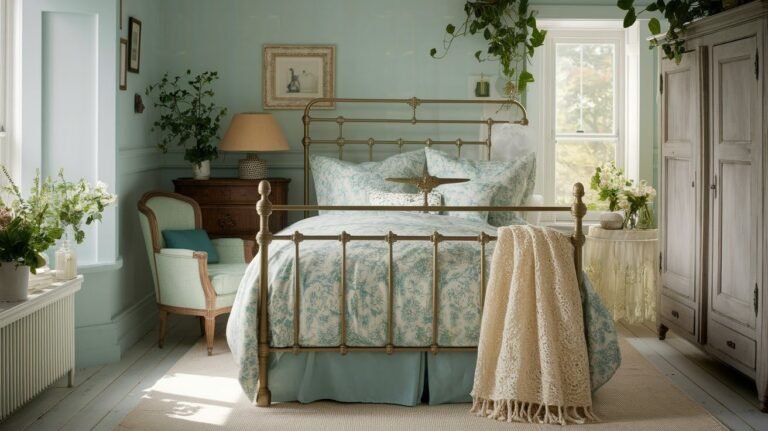The English cottage bedroom aesthetic prioritizes simplicity over decoration. Unlike traditional styles with busy floral wallpapers, this approach values clean lines and minimal decor.
This style comes from practical living in historic English cottages and Georgian houses. Real cottage dwellers needed functional, warm spaces without clutter.
In this article, you’ll learn how to create an authentic cottage bedroom. We’ll cover essential design elements, colors, and furniture selection with step-by-step guidance.
As someone who has personally created these spaces, I understand what works. This isn’t about copying magazines, it’s about building a genuinely comfortable home.
Your search for authentic cottage style ends here.
Color Schemes and Wall Treatments
You need to start with white or off-white walls as neutral backdrops, then add soft, muted tones like celadon green or pale blues that highlight architectural features without competing.
1. Foundation Color Palettes
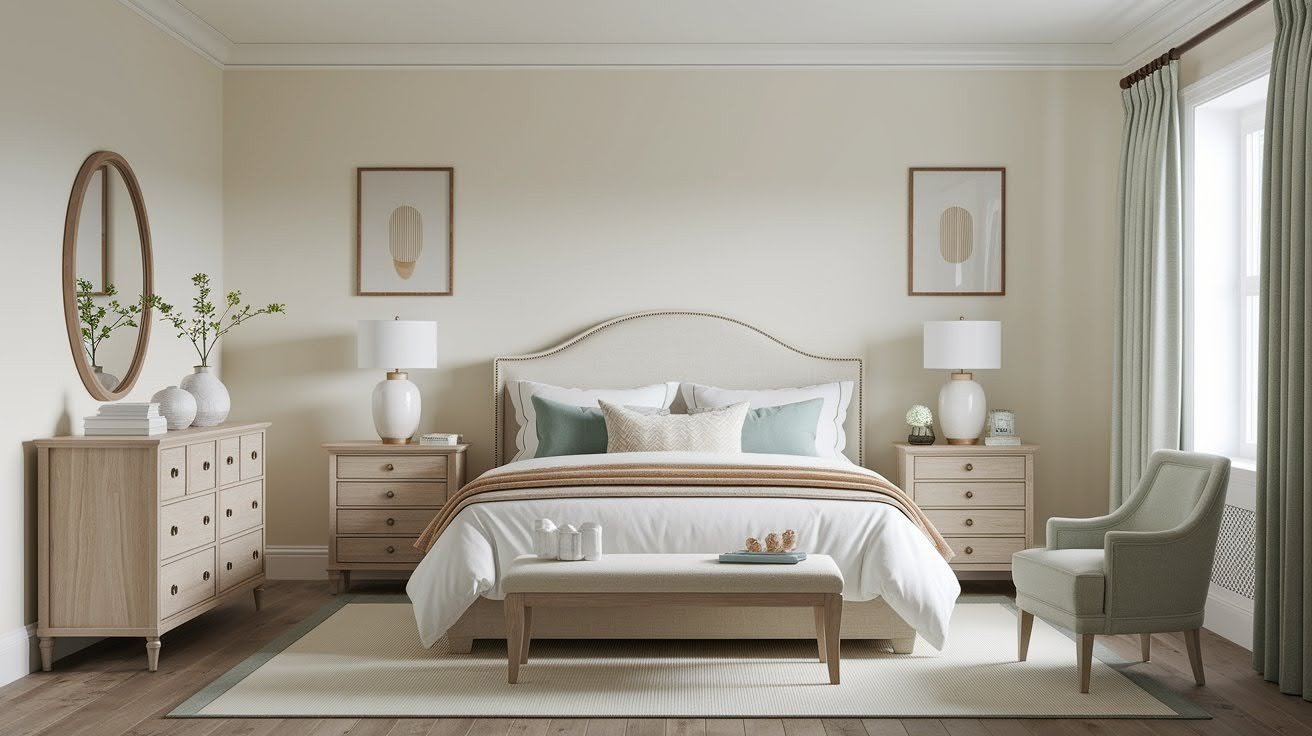
I always start with white or off-white walls in cottage bedrooms. These colors create the perfect backdrop for everything else.
You’ll want to consider these soft, muted tones: celadon green, pale blues, and gentle greens. Earth tones work beautifully, too. Think moss green, mushroom gray, and warm stone colors.
But here’s something interesting…
Traditional combinations like pink and green or blue variations have been used in English cottages for centuries. They’re not trendy – they’re timeless.
The goal is neutral backdrops that highlight your architectural features. Your beams and trim should be the stars, not your wall color.
2. Paint Colors and Specific Recommendations
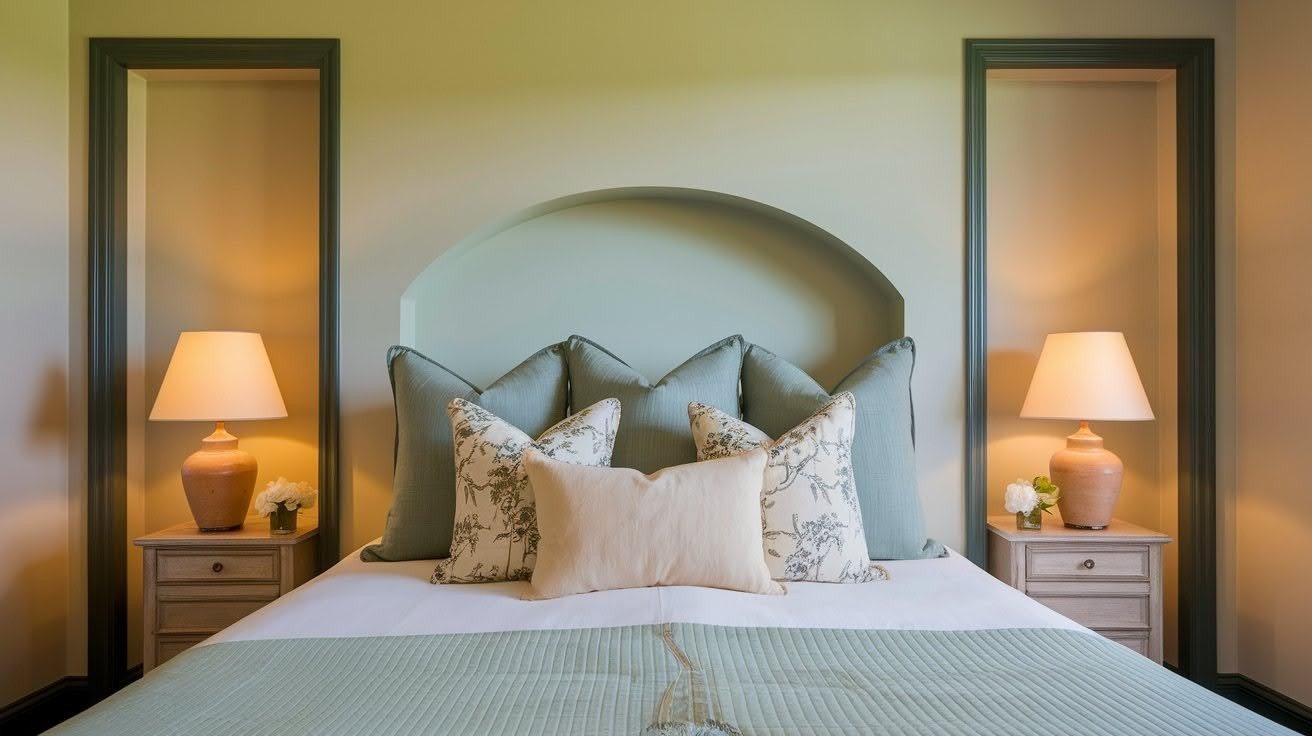
I recommend Farrow & Ball ‘James White’ for the main walls. It’s warm without being yellow.
For accent walls, try ‘Pink Ground’ or ‘Blue Gray’. Both colors feel authentic to the cottage style.
‘Emerald Green’ works when you want drama. Paint & Paper Library’s ‘Moss’ creates a softer green option.
Vert de Terre gives you sophisticated green tones. ‘Sky Blue’ from Papers and Paints works perfectly for soft blue walls.
Always paint your walls white with darker trim. This approach follows historical accuracy and makes your woodwork stand out.
3. Wallpaper Applications
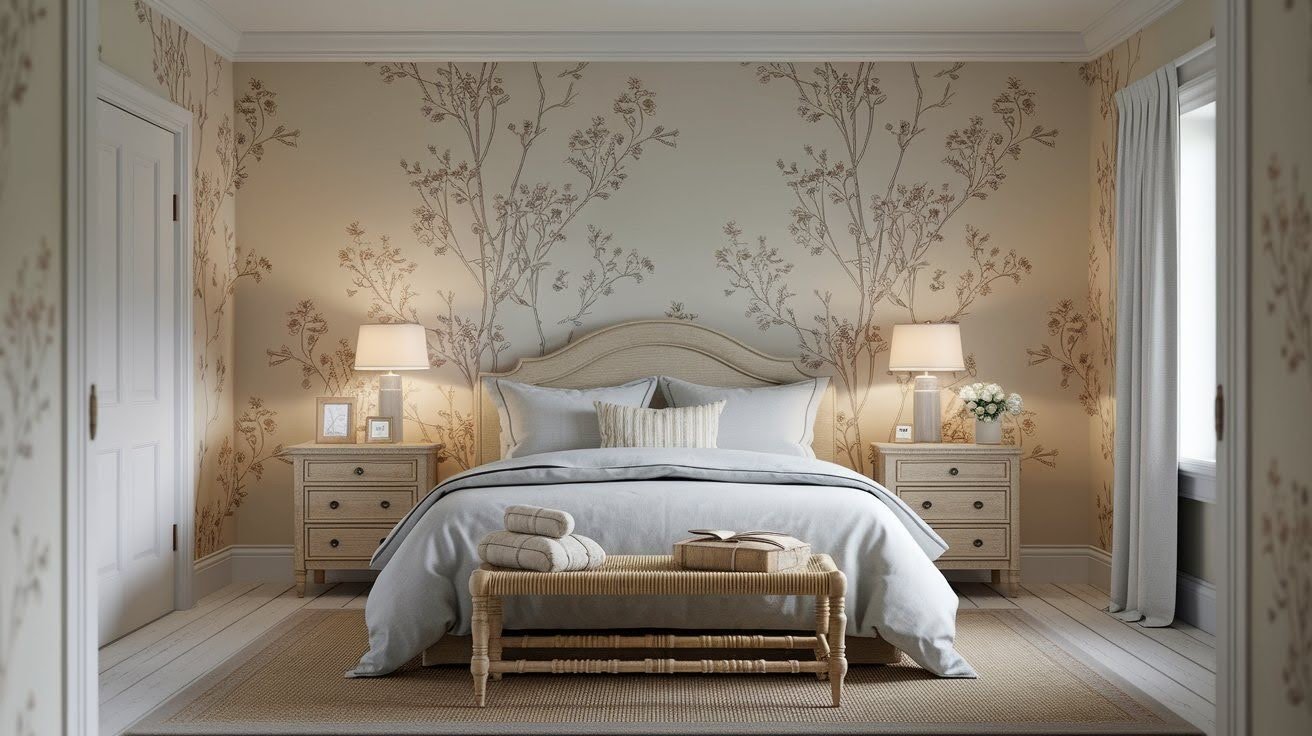
Use wallpaper carefully in cottage bedrooms. Less is more here.
‘Indienne’ from Lewis & Wood offers traditional patterns that feel authentic. For botanical motifs, consider ‘Ferns’ by GP and J Baker or ‘Sweet Pea’ by Cole & Son.
Toile de Jouy patterns like Manuel Canovas’ ‘Bellegarde’ in rouge add French cottage charm. Modern interpretations, such as ‘Snowflake’ by Nicholas Herbert, keep things fresh.
Place wallpaper strategically for maximum impact. One accent wall often works better than covering the entire room.
4. Painted Trim and Architectural Details
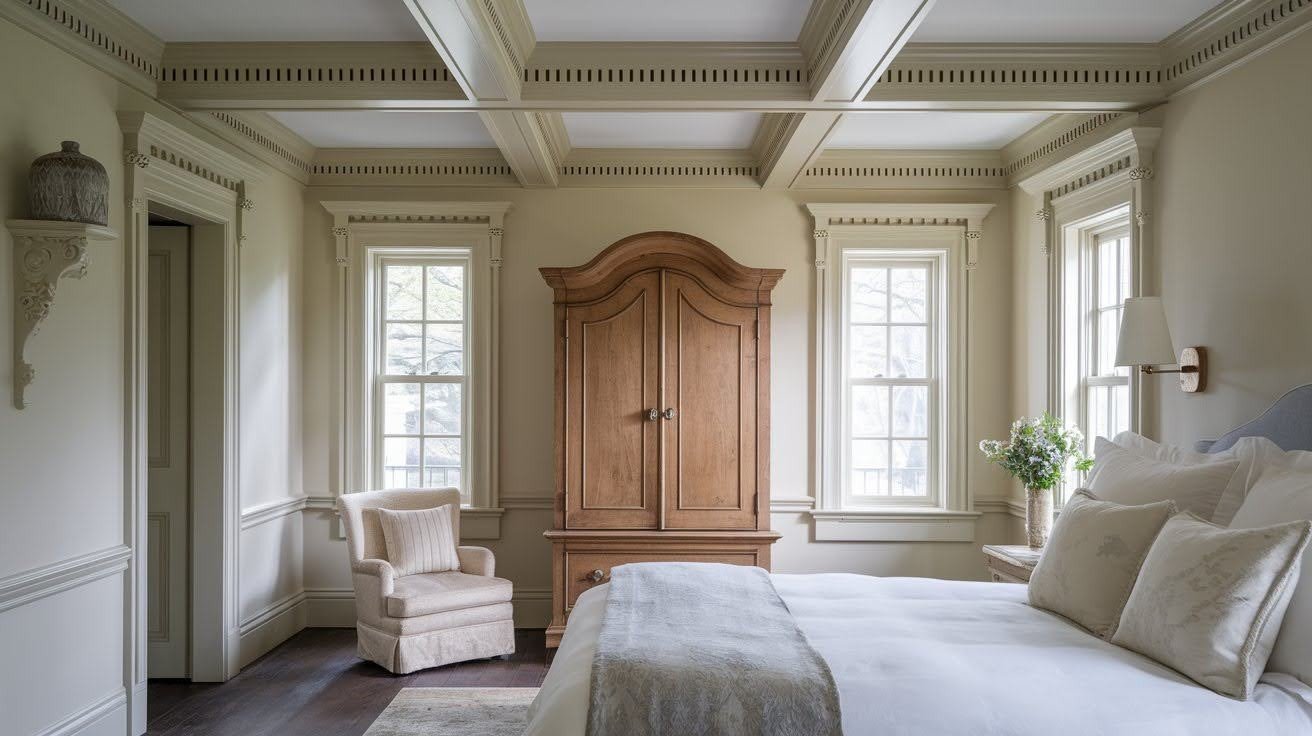
Darker trim colors make your woodwork pop. I’ve seen this transform ordinary rooms into special spaces.
Historical paint schemes use this contrast for authenticity. Light walls with dark beams and trim create visual interest without overwhelming the space.
The key is balance. Your color choices should create a cohesive flow throughout the entire space while highlighting what makes your cottage bedroom unique.
Remember: contrast creates character in cottage style.
Architectural Elements and Structural Features
Use hand-hewn reclaimed beams with dark finishes against white ceilings for dramatic contrast, and work with existing beam placement to create authentic cottage character.
1. Exposed Beams and Ceiling Treatments
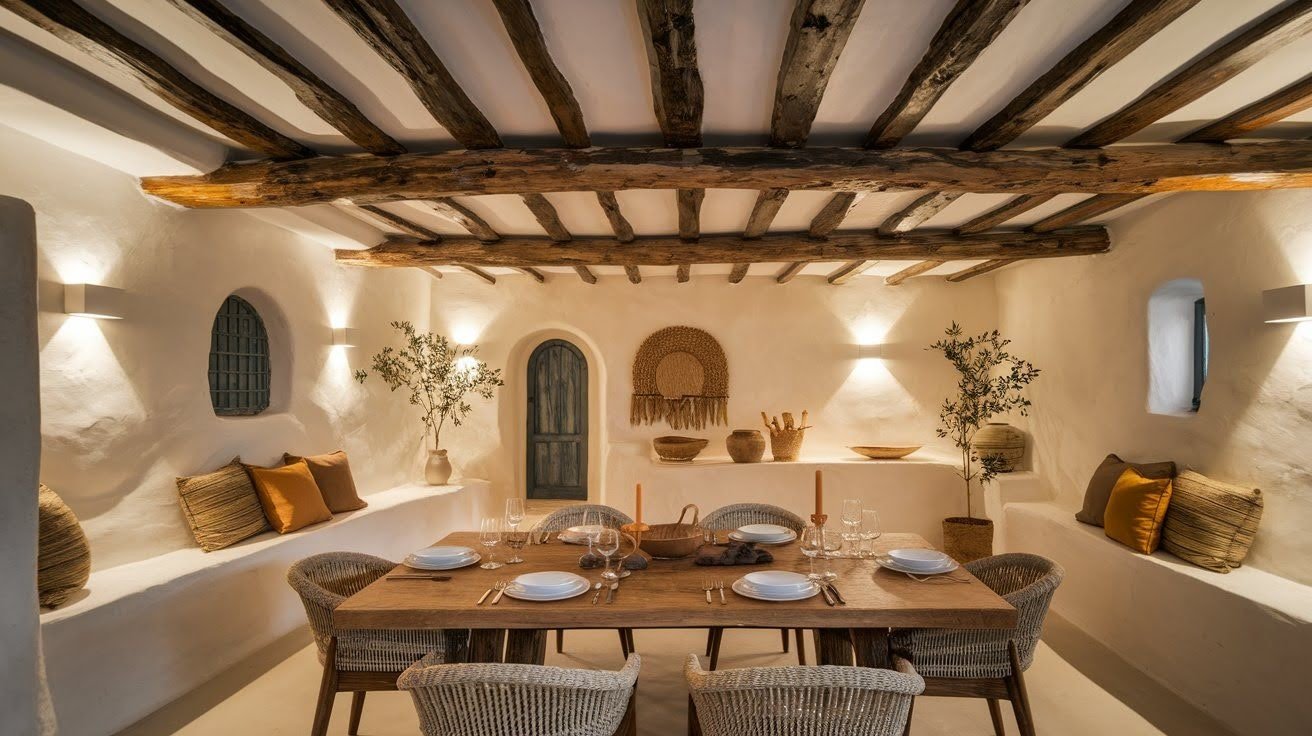
I love working with hand-hewn reclaimed beams in cottage bedrooms. They bring instant character to any space.
Salvaged barn wood works beautifully for ceiling treatments. The aged wood tells a story that new materials simply can’t match. But here’s what makes the biggest impact…
Dark beam contrast against white ceilings creates drama without overwhelming the room. I’ve used this technique in dozens of projects with stunning results.
Consider scrubbed and limewashed beam finishes for authenticity. These treatments give beams a weathered, lived-in look that feels genuine.
Create double-height spaces when your structure allows it. However, work with your existing beam placement rather than fighting it.
2. Working with Low Ceilings and Unique Spaces
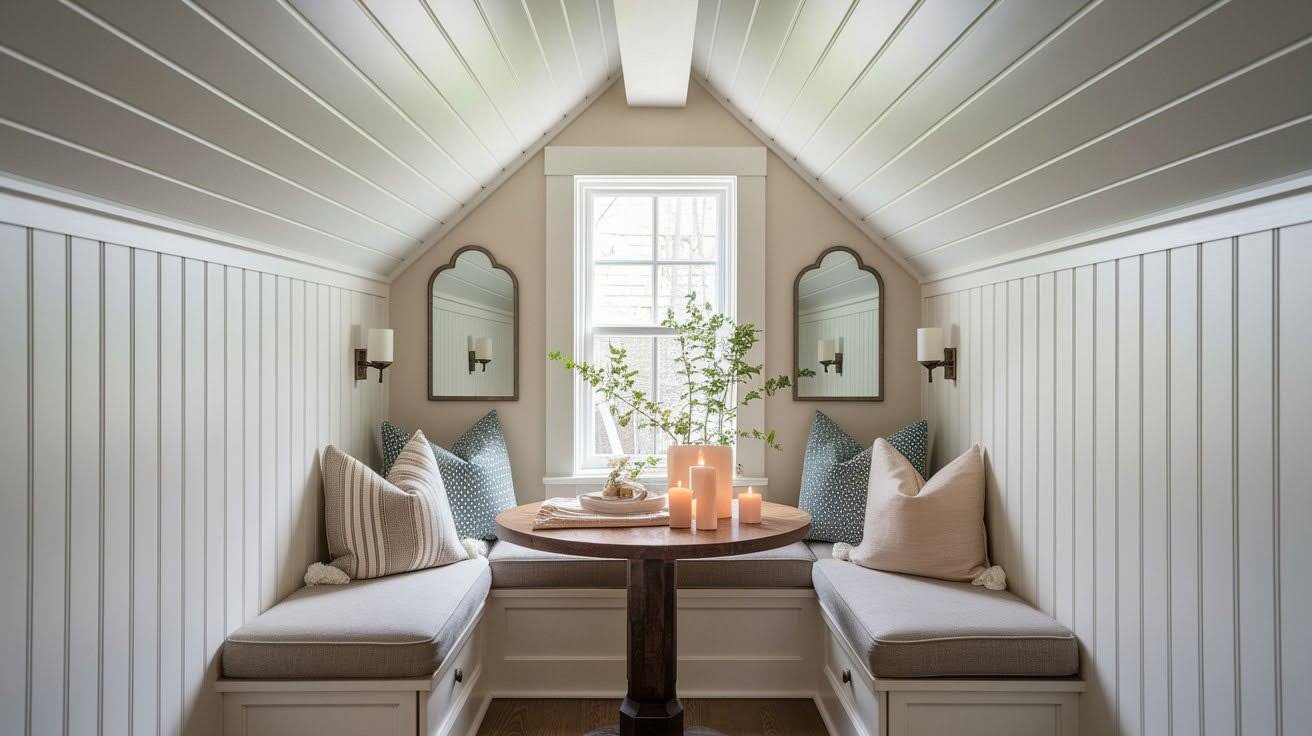
Low ceilings aren’t a problem – they’re an opportunity. You can maximize vertical space in cottage rooms with smart design choices.
Design your furniture to fit under beams comfortably. Measure twice, buy once.
These spaces naturally create cozy, intimate atmospheres. That’s exactly what cottage style is about. Attic conversions and loft bedrooms present unique challenges. But they also offer the most character.
The secret? Balance proportions in challenging spaces by keeping furniture low and simple.
3. Flooring Considerations
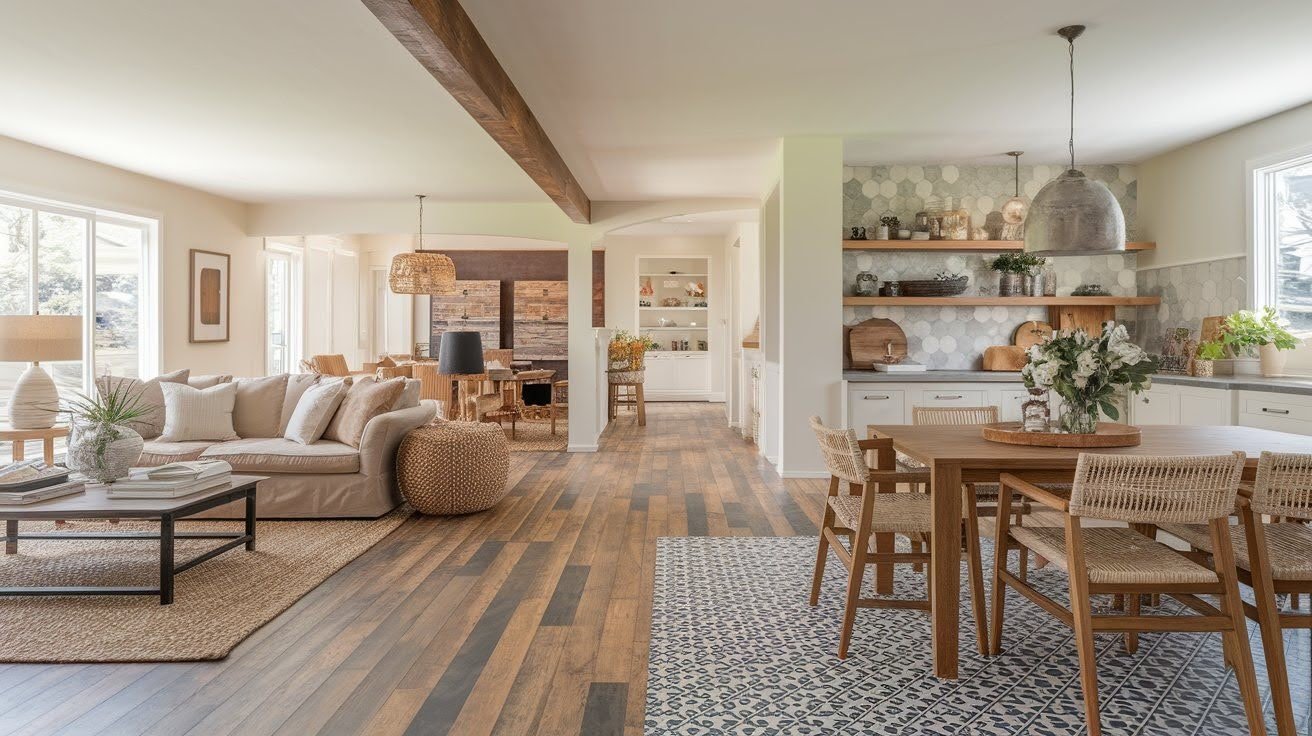
Hardwood floors work best when available. They’re authentic to cottage style and age beautifully.
For upper-level bedrooms, carpet adds warmth and reduces noise. Choose natural textures over synthetic options.
I recommend these natural fiber rugs: kilims, Welsh blankets, and Ziegler Sultanabad rugs. Each brings texture and warmth to hardwood floors.
Maintain warmth with soft flooring options during colder months. Layer rugs over hardwood for comfort. Your flooring should coordinate with your overall cottage aesthetic while serving practical needs.
4. Window Treatments and Natural Light
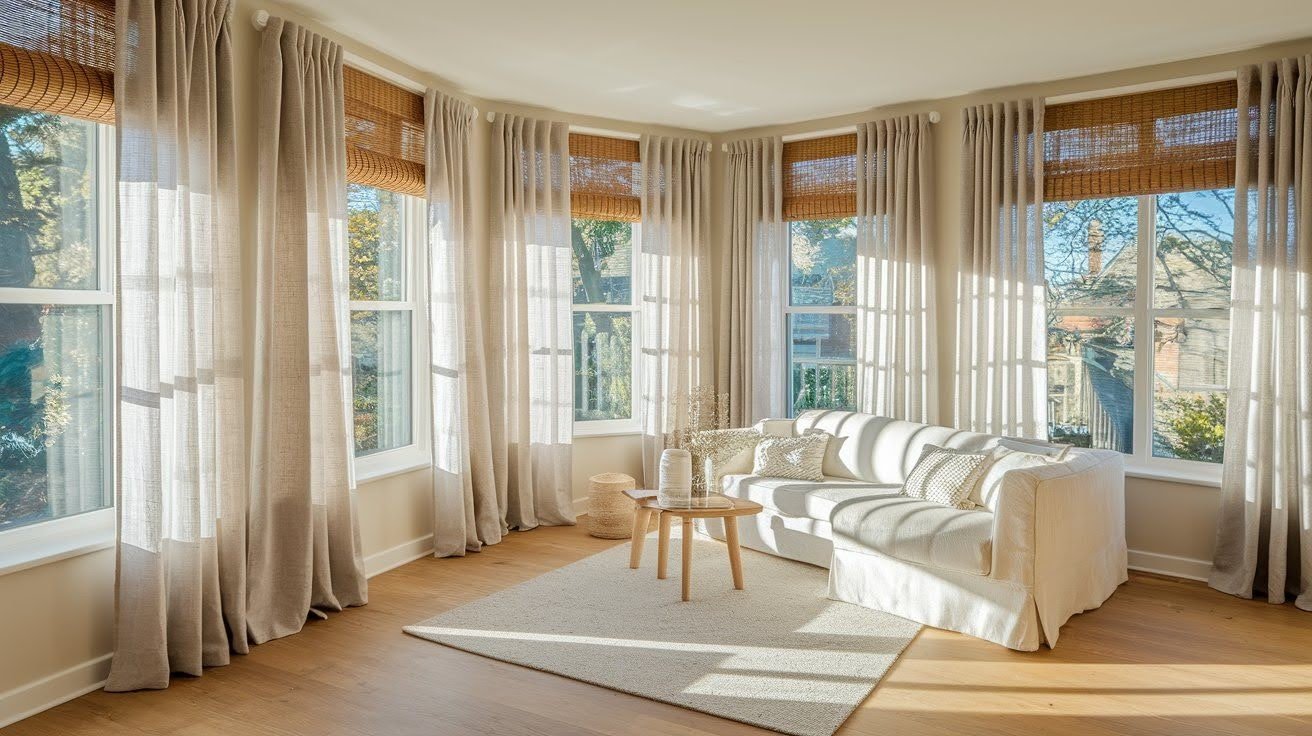
Keep curtain approaches simple using natural fabrics. Complicated treatments feel wrong in cottage bedrooms.
Linen curtains in neutral tones work perfectly with cottage style. They filter light beautifully while maintaining privacy.
Integrate window seats when your architecture allows it. They add charm and extra seating. Here’s something important…
Maximize natural light in low-ceiling spaces by keeping window treatments minimal. Heavy drapes make small rooms feel smaller. Balance privacy with brightness by choosing fabrics that filter rather than block light completely.
Textiles and Soft Furnishings
Layer natural fiber bedding from lightest to heaviest – sheets first, then lightweight blankets, topped with heavier throws for authentic cottage texture and warmth.
1. Bedding and Linens
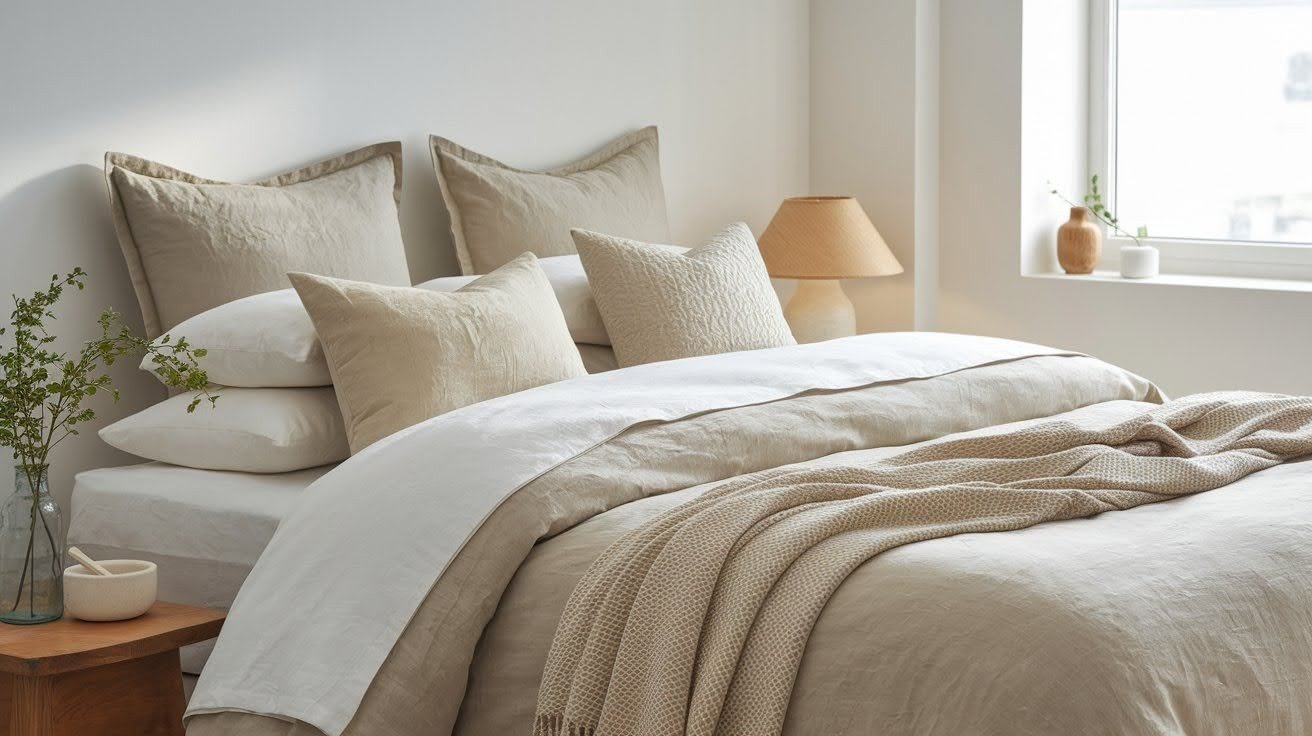
I always choose natural fibers for cottage bedrooms. Linen, cotton, and wool feel right against your skin and age beautifully.
- Porthault linens bring luxury to cottage style without losing authenticity. Their quality justifies the investment.
Hand-loomed blankets and coverlets add texture that machine-made items can’t match. I hunt for these at antique shops and estate sales. But here’s what makes a difference…
Vintage quilts and bedspreads tell stories. Each one brings history into your bedroom. Welsh blankets and throws provide warmth with character. Layer them over your bedding for extra texture and comfort.
Master the art of layering techniques. Start with sheets, add a lightweight blanket, then finish with a heavier throw.
2. Fabric Selection and Patterns
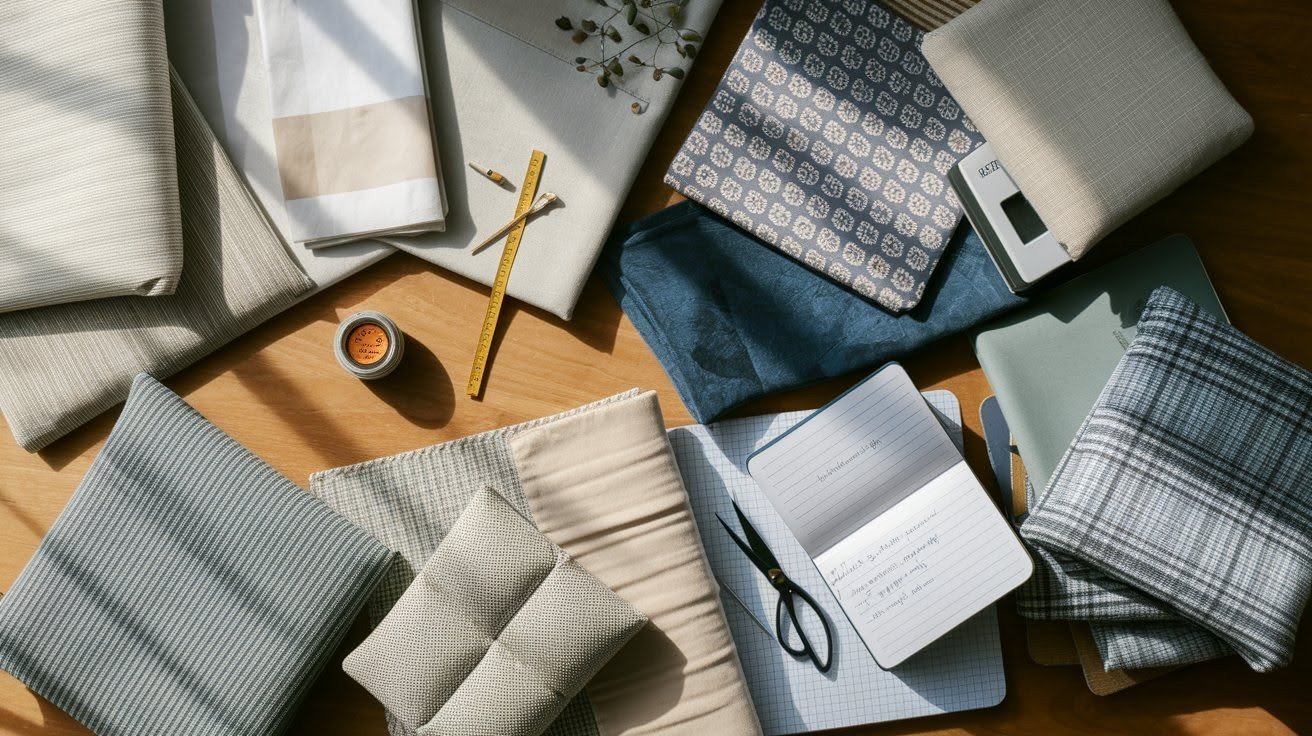
Robert Kime fabrics set the standard for cottage style. His ‘Tree Peony’ linen and ‘Lynxia’ silk bring sophistication without pretense.
Volga Linen offers options in natural tones that work perfectly with cottage aesthetics. Christopher Maya’s ‘Ostrich’ linen provides subtle texture.
Bennison Fabrics like ‘Honfleur’ and ‘Injigo Lace’ feel authentically vintage. Pierre Frey’s Seine Port adds sophisticated touches when you need them.
Nina Campbell fabrics give you vintage appeal with modern durability. Choose fabrics that feel lived-in rather than precious.
3. Curtains and Window Dressings
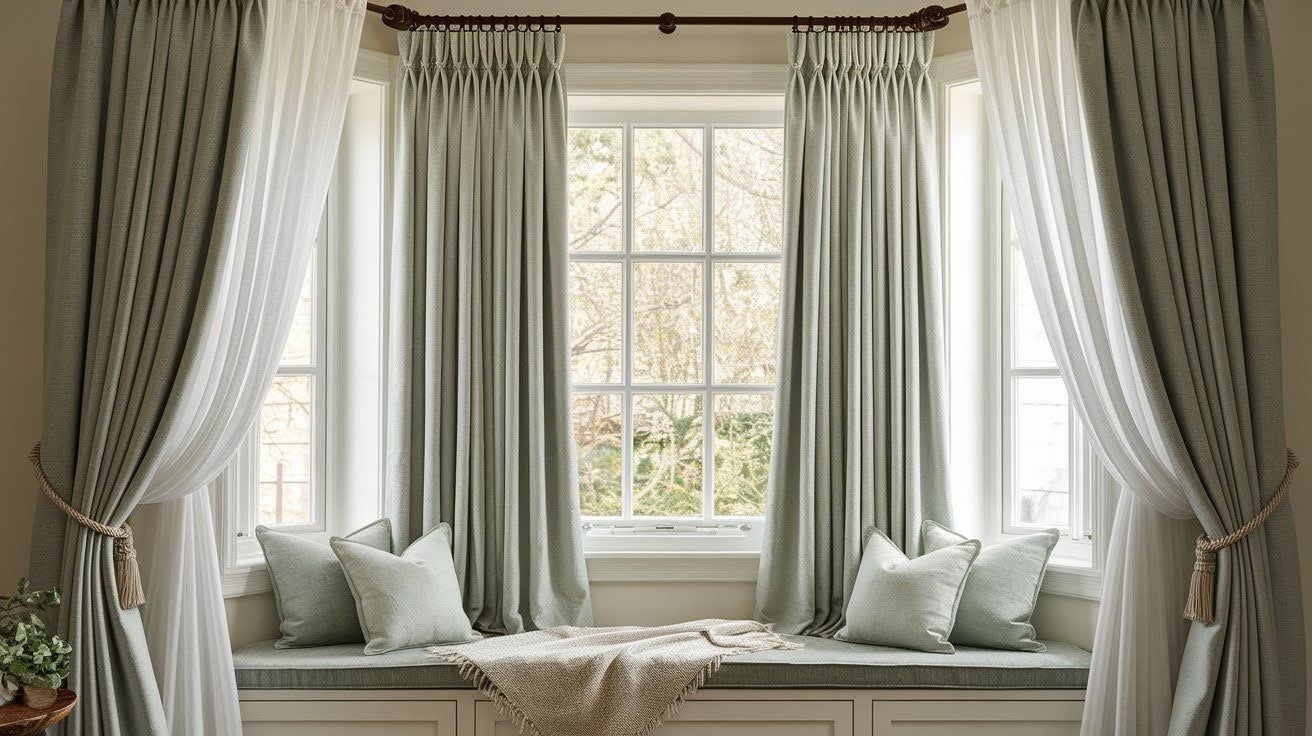
Lewis & Wood’s ‘Stockholm Stitch’ fabric works beautifully for cottage curtains. The texture adds interest without overwhelming your space.
Fermoie’s ‘N-098’ wicker linen brings natural texture to windows. Keep your hanging methods simple with basic hardware.
Match your bed and window treatments for cohesion. But don’t make them identical – that feels forced. Use natural draping techniques rather than stiff, formal styles. Let your fabrics fall naturally.
Consider privacy needs in cottage settings. Neighbors might be close, but heavy curtains feel wrong.
4. Cushions and Accent Textiles
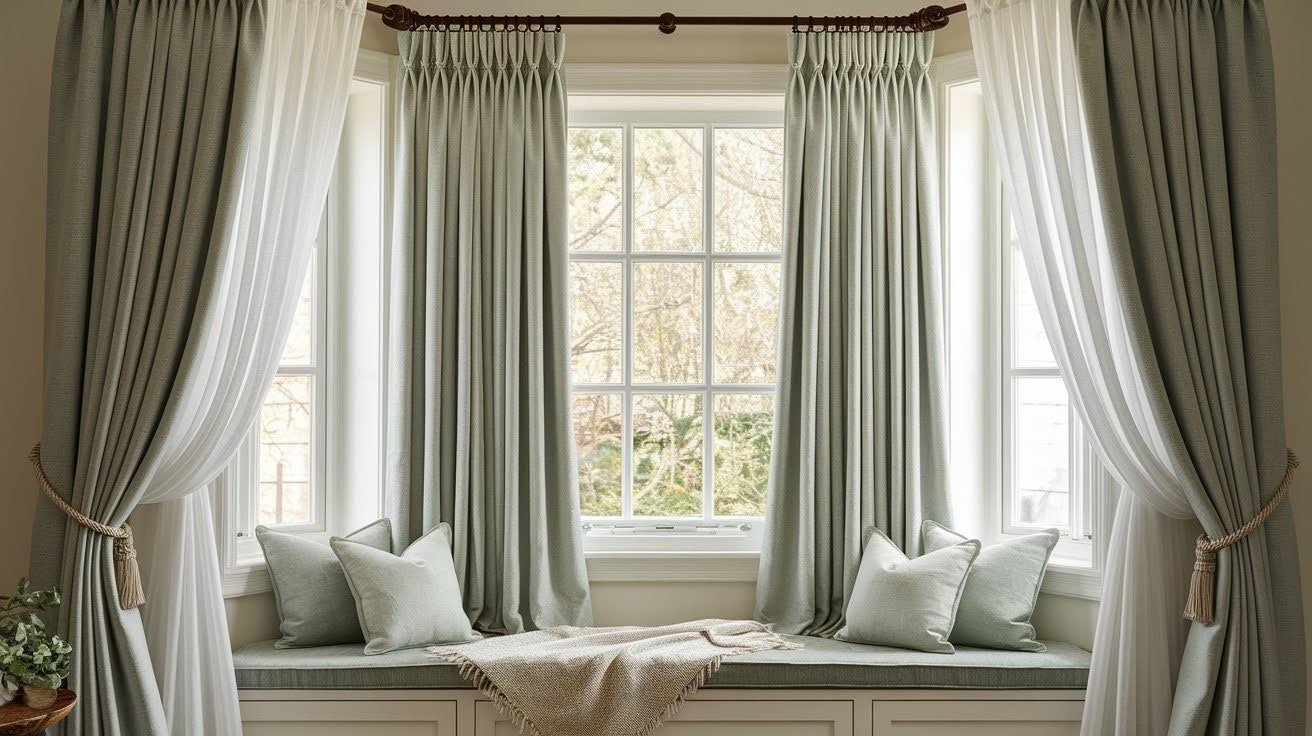
I find amazing pieces at charity shops and vintage stores. You never know what treasures you’ll learn.
Look for textural, geometric fabrics that add interest without competing with your main patterns. Sambar from Turnell & Gigon offers beautiful options.
Hand-woven elements bring authenticity that factory-made items lack. Mix these with your other textiles carefully. Here’s the secret to success…
Mix patterns and textures effectively by keeping your color palette consistent. Too many colors create chaos.
Create cohesive textile stories throughout your bedroom. Each piece should feel like it belongs with the others, even if they came from different sources.
Conclusion
Creating your English cottage bedroom comes down to simple choices: soft colors, natural materials, and authentic character pieces. You now have the foundation to transform any bedroom into a cozy retreat.
You can start with white walls and add one element at a time. Choose natural linens over synthetic fabrics. Mix vintage finds with quality basics. Most importantly, trust your instincts about what feels comfortable and lived-in.
Your cottage bedroom should feel like home, not a showroom. Focus on pieces that bring you joy and comfort rather than following trends.
Are you ready to start your cottage bedroom transformation? Share your progress in the comments below. I’d love to see how you make these ideas your own.
Sweet dreams in your new cottage sanctuary.
Frequently Asked Questions
What colors work best for an English cottage bedroom?
Start with white or off-white walls as your foundation. Add soft, muted tones like pale blues, gentle greens, or celadon. Traditional combinations include pink and green or blue variations. Always use darker trim colors to make architectural features pop and maintain historical accuracy.
What type of bedding should I choose for cottage style?
Choose natural fibers like linen, cotton, and wool over synthetic materials. Layer hand-loomed blankets, vintage quilts, and Welsh throws for texture and warmth. D. Porthault linens offer luxury options that maintain cottage authenticity while providing exceptional quality.
How do I work with low ceilings in my English cottage bedroom?
Low ceilings create cozy, intimate atmospheres that define cottage style. Choose furniture that fits comfortably under beams, keep window treatments minimal to maximize natural light, and use light wall colors with dark trim contrast to add visual interest.
What furniture works best in cottage bedrooms?
Mix vintage and antique pieces like French armoires, brass bedsteads, and upholstered headboards in natural fabrics. Source from secondhand shops and Facebook Marketplace. Choose four-poster beds with simple hangings and ensure all pieces fit your room’s architectural constraints.
Should I use wallpaper in my English cottage bedroom?
Use wallpaper sparingly for maximum impact. Choose traditional patterns like botanical motifs or toile de Jouy for one accent wall only. Good options include ‘Indienne’ from Lewis & Wood or ‘Sweet Pea’ by Cole & Son. Keep the rest of the room simple.

